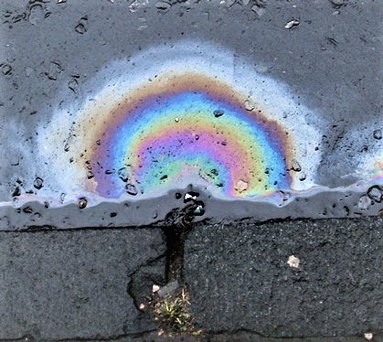
In order to detect and eliminate both direct and indirect illicit discharges, Mason has developed an Illicit Discharge Detection and Elimination Program (IDDE), which relies on the Mason’s Illicit Discharge Detection and Elimination Policy to prohibit any non-stormwater discharges into the stormsewer system or any receiving waterway. The policy is enforced by both, Mason LD and the Environmental, Health and Safety Office (EHS), who rely strongly on regular inspections and public notification. Mason encourages the community’s contribution in discovering and reporting possible polluted runoff and maintains appropriate staffing to address such reported concerns. If you would like to report suspected non-stormwater discharges, fill out an Incident Report Form, and/or email us at MasonLD@gmu.edu .
Outfall Reconnaissance Inventory (ORI) is another important component of the IDDE program at George Mason University. The ORI is performed bi-annually in order to identify possible illicit connections and discharges, as well as, to keep track of all existing stormwater management facilities and structures within Mason. During the ORI, outfalls are also evaluated for structural damages or uncommon conditions that might indicate the present of pollutants.
In the event of an oil or chemical spill, follow the Petroleum and Chemical Spill Response and Remediation or contact the Environmental Health and Safety Office (EHS)
Indicators of Potential Illicit Discharge
- Unusual color or cloudiness
- Unusual odor
- Turbidity or muddy water
- Dead vegetation or excessive vegetation
- Floatables
- Pipe corrosion
- Surface scum or foam
- Stains on channel bottom, sides and/or outfall rocks
- Oil sheen
- Dead animals
